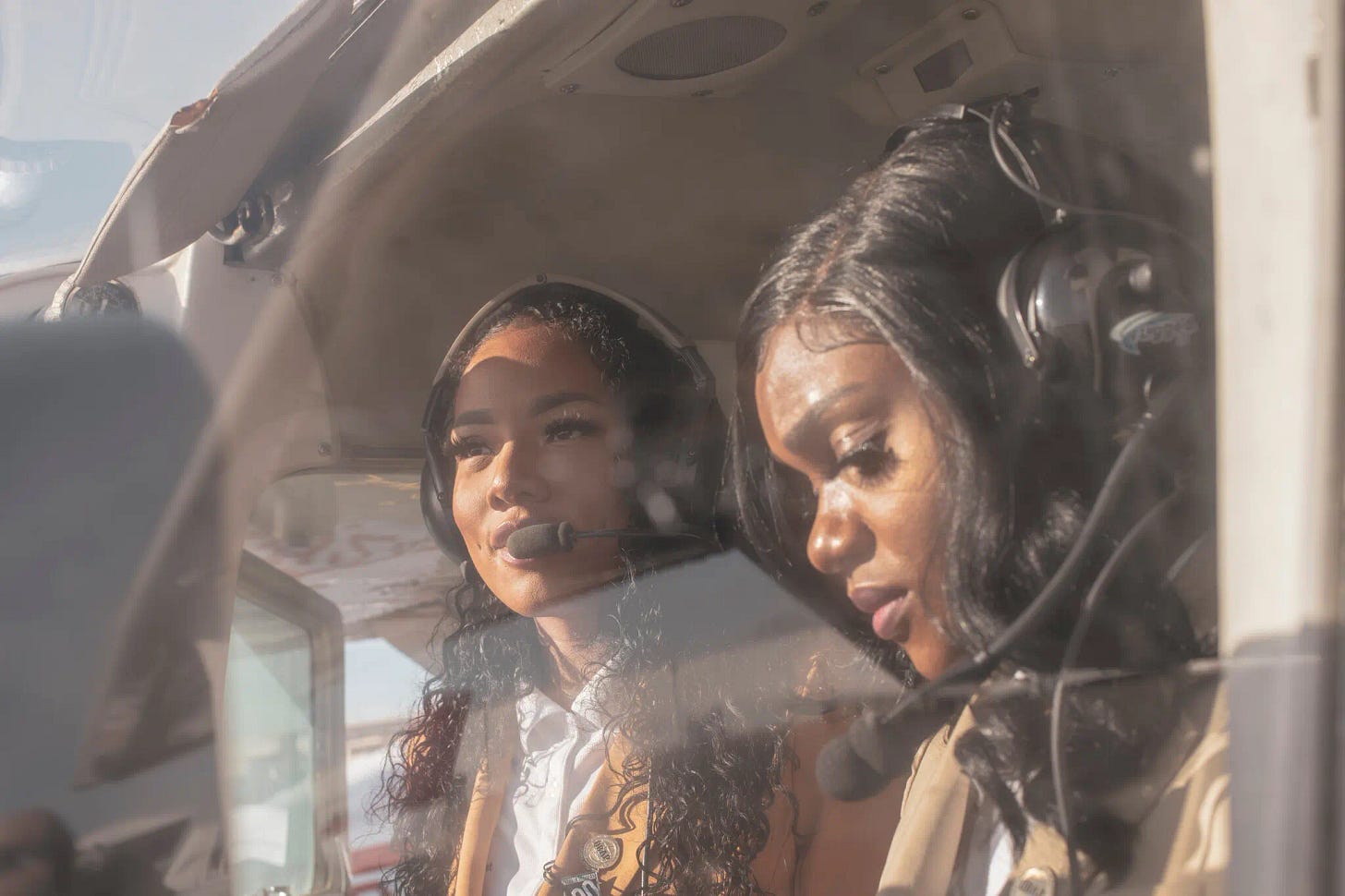Diversity, Equity, and Inclusion is Making Air Travel in the United States Less Safe
In the wake of the global pandemic, the frequency of 'near misses' in the aviation sector has surged to unprecedented levels. A New York Times study reveals that these close calls are now occurring several times a week, setting a new record for commercial aviation. Despite the FAA's assurance that contemporary pilots are more skilled and better trained than their predecessors, the question remains: What has changed to cause this alarming rise in near misses?
It has long been understood that after training and skill, culture is the most significant indicator of risk in aviation. In their book Freakonomics, Steven D. Levitt and Stephen J. Dubner discuss the outsized impact of culture on aviation safety. They revealed that cultures with lower power distances and higher levels of individuality tend to have far better aviation safety outcomes. This is because pilots in these cultures are more likely to question their superiors if they believe they are making a mistake. For example, Germans and American pilots are far safer than South Korean or Japanese pilots as a direct result of culture.
Other studies have confirmed Levitt and Dubner’s findings proving that culture is the most significant indicator of risk in aviation. One such study is the 2011 report "Safety Culture in Aviation: A Review of the Literature" which concluded that some cultures have far fewer accidents and incidents than other cultures. Another study, published in the journal "Aviation Psychology and Applied Human Factors", similarly found a very strong relationship between culture and pilot behavior. This study found that pilots from certain cultures are more likely to report hazards, follow procedures, and speak up when they see something wrong.
The United States aviation culture has been marked by technological advancements, rigorous training programs, and a track record of success, and as a result, one might assume it would continue to be one of the safest. However, a less-discussed but critical shift in American aviation has been the decline in the number of former military pilots entering commercial aviation. Prior to the pandemic, as many as two-thirds of commercial pilots were former military aviators, bringing with them a wealth of experience in high-pressure situations, advanced training, and a disciplined approach to safety protocols. Today, that number has dramatically decreased, with fewer than a third of pilots possessing any military experience at all. Various factors, including changes in military recruitment, longer service commitments, and the allure of other career paths, have contributed to this decline. The result is a significant shift in the composition and diversity of commercial flight crews.
America’s latest generation of civilian pilots is far more diverse in every sense of the word. They’ve grown up in a far more independent culture that has embraced critical race theory and radical gender ideology. They routinely challenge authority and question the status quo. This difference in culture (regardless of the race of the pilot) is leading to problems in the cockpit, especially since this new crop of pilots is not used to following orders. While they have the same training when it comes to safety and training as military pilots their worldview is very different. Many new pilots view authority through a lens of oppression—actively assuming the orders they’re receiving from air traffic controllers might be a result of systemic racism, misogyny, or bigotry. Today’s pilots are far less predictable than the military pilots of the past—and that lack of predictability among multiple pilots operating in close proximity to one another is a recipe for disaster.
Airlines need to be aware of the potential impact of the decline in former military pilots on safety culture. They need to invest in training for all pilots, regardless of their background. This training should attempt to undo years of social justice indoctrination and replace it with the sort of discipline commonly associated with pilots with former military experience.




As we move further away from 9/11, with no major incidents to speak of in terms of aviation security, this type of attitude is not just prevalent in the pilots. Crew members and even more frequently passengers, do not understand the need for a disciplined approach to aviation. Americans have always had problems with being *told* what to do, typically in the past, a general understanding of the need for discipline in things like aviation, mass transportation, military, first responders, and other high pressure safety and security related situations. Currently? Not so much. I have a source in the military currently that says the discipline level is ridiculously low, and that is in a combat arms unit. I would imagine with the less forceful training programs for pilots in the military, that the branches are experiencing similar culture challenges. The further from 9/11 without a security incident of note, the more offended, "oppressed", and violated the general public feel when screening in to fly. The number of incidents with passengers being out of order in TSA security, ticket counters, concourses and planes has skyrocketed over the last few years. It would stand to reason, that without focused training like you mention, the pilot and crews would have a similar decline in discipline and respect for the overall process.
Great article. Agree with most of your points. However, the FAAs reduction in required hours belies your point that today’s pilots are as well trained the outgoing military trained ones.